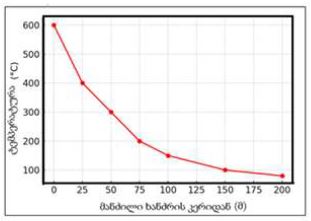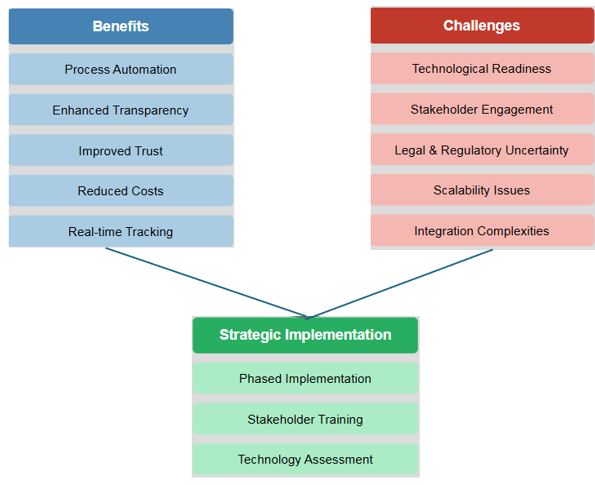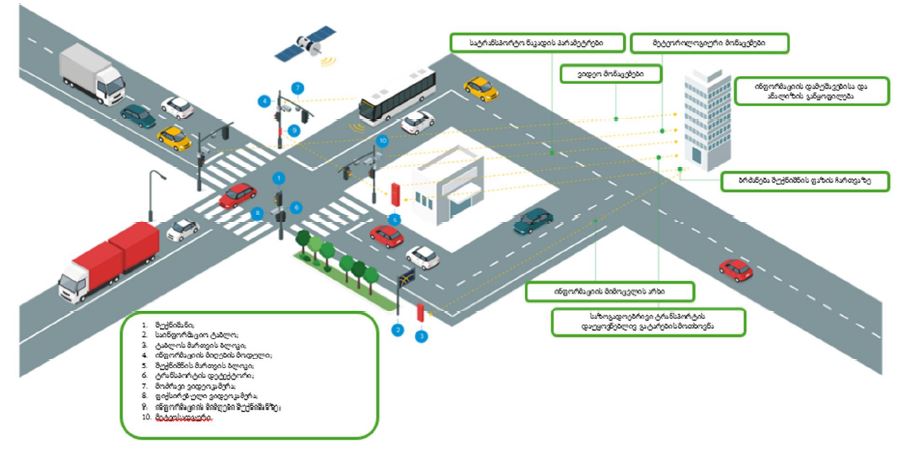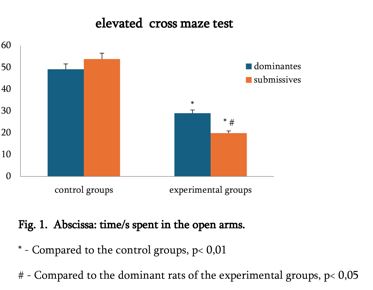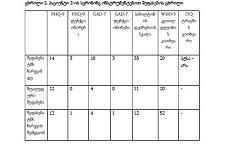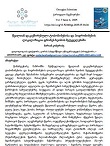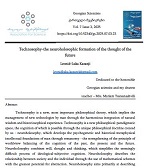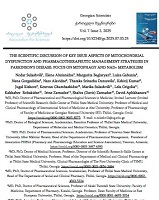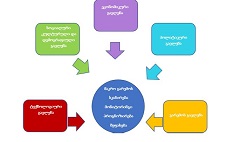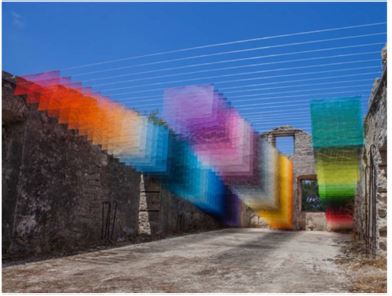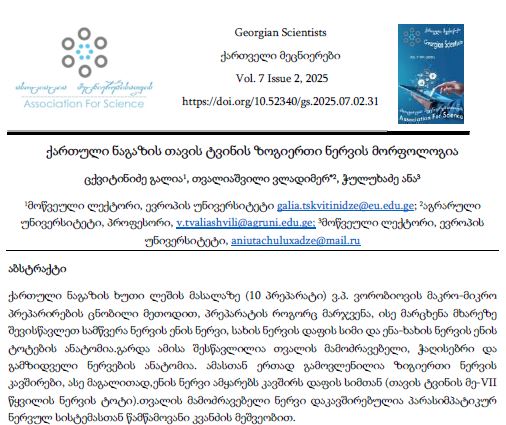სიცოცხლის გადარჩენის პრობლემები საავტომობილო გვირაბებისათვის ხანძრის პირობებში
ჩამოტვირთვები
Funding data
-
Shota Rustaveli National Science Foundation
Grant numbers AR- 19-1936
საქართველოს საავტომობილო გვირაბების საპროექტო გადაწყვეტების თანახმად, გვირაბების უსაფრთხო ექსპლუატაციის ერთ-ერთი ძირითადი რისკ-ფაქტორი არის ხანძრის გაჩენის შესაძლებლობა აქედან გამომდინარე უარყოფითი შედეგებით. მოხსენებაში განხილული იქნება მიწისქვეშ ხანძრის განვითარების სცენარები რიცხვითი მოდელირების შედეგების მიხედვით. აგრეთვე ხანძრის სიმძლავრის, გვირაბის გეომეტრიის, ადგილმდებარეობისა და სხვა მაჩვენებლების მიხედვით გვირაბის მომსახურე პერსონალისა და მაშველების სწავლებისა და ცნობიერების ამაღლების რეკომენდაციები, რაც გამოსაყენებელი იქნება სატრანსპორტო გვირაბების უსაფრთხო ექსპლუატაციისა და სიცოცხლის გადარჩენისათვის ხანძრის შემთხვევაში.
Downloads
Metrics
EC (2004) Directive 2004/54/EC of the European parliament and of the council on minimum safety requirements for tunnels in the Trans-European Road Network. European Commission, Brussels.
Beard A, Cope D (2007) Assessment of the Safety of Tunnels - Study. Science and Technology Options Assessment. European Parliament, Brussels.
Ingason H, Lönnermark A (2012) Heat Release Rates in Tunnel Fires: A Summary. In: Beard A, Carvel R (eds) In the Handbook of Tunnel Fire Safety, 2nd end. ICE Publishing: 273–328.
Vaitkevicius A, Colella F, Carvel R (2014) Rediscovering the Throttling Effect. In: Ingason H, Lönnermark A (eds) Proceedings from the Sixth International Symposium on Tunnel Safety and Security (ISTSS 2014), Marseille, France. SP Technical Research Institute of Sweden: 373–378.
Lanchava O., Javakhishvili G. (2021) Impact of strong fires on a road tunnel ventilation system. Bulletin of the Georgian National Academy of Sciences, Vol. 15 No4: 38-45.
Lanchava O. (2019) Analysis of critical air velocity for tunnel fires controlled by ventilation. Mining Journal No 1, Tbilisi: 126-132.
Lanchava O., Ilias N., Nozadze G., Radu S.M. (2019) Heat and hygroscopic mass exchange modeling for safety management in tunnels of metro. Quality Access to Success 20, S1.
Lanchava O., Ilias N., Nozadze G., Radu S.M., Moraru R.I., Khokerashvili Z., Arudashvili N. (2019) FDS Modelling of the Piston Effect in Subway Tunnels. Environmental Engineering and Management Journal 18 (4): 317-325.
Lanchava O., N. Ilias N. (2020) Calculation of railway tunnels ventilation. Journal of Engineering Sciences and Innovation, 5(1): 69-86.
Lanchava O., Abashidze G., Tsverava D. (2017) Securing fire safety for underground structures, Quality Access to Success, 18(S1): 47-50.
Lanchava O., Ilias N. (2018) Complex calculation method of temperature, mass transfer potential and relative humidity for ventilation flow. Technical Sciences 3 (1),:69-84.
Lanchava O.A. Heat and mass exchange in newly driven mine workings. Sov. Min. Sci. (Engl. Transl.); (United States) 21(5), 1986.

ეს ნამუშევარი ლიცენზირებულია Creative Commons Attribution-NonCommercial-NoDerivatives 4.0 საერთაშორისო ლიცენზიით .





















